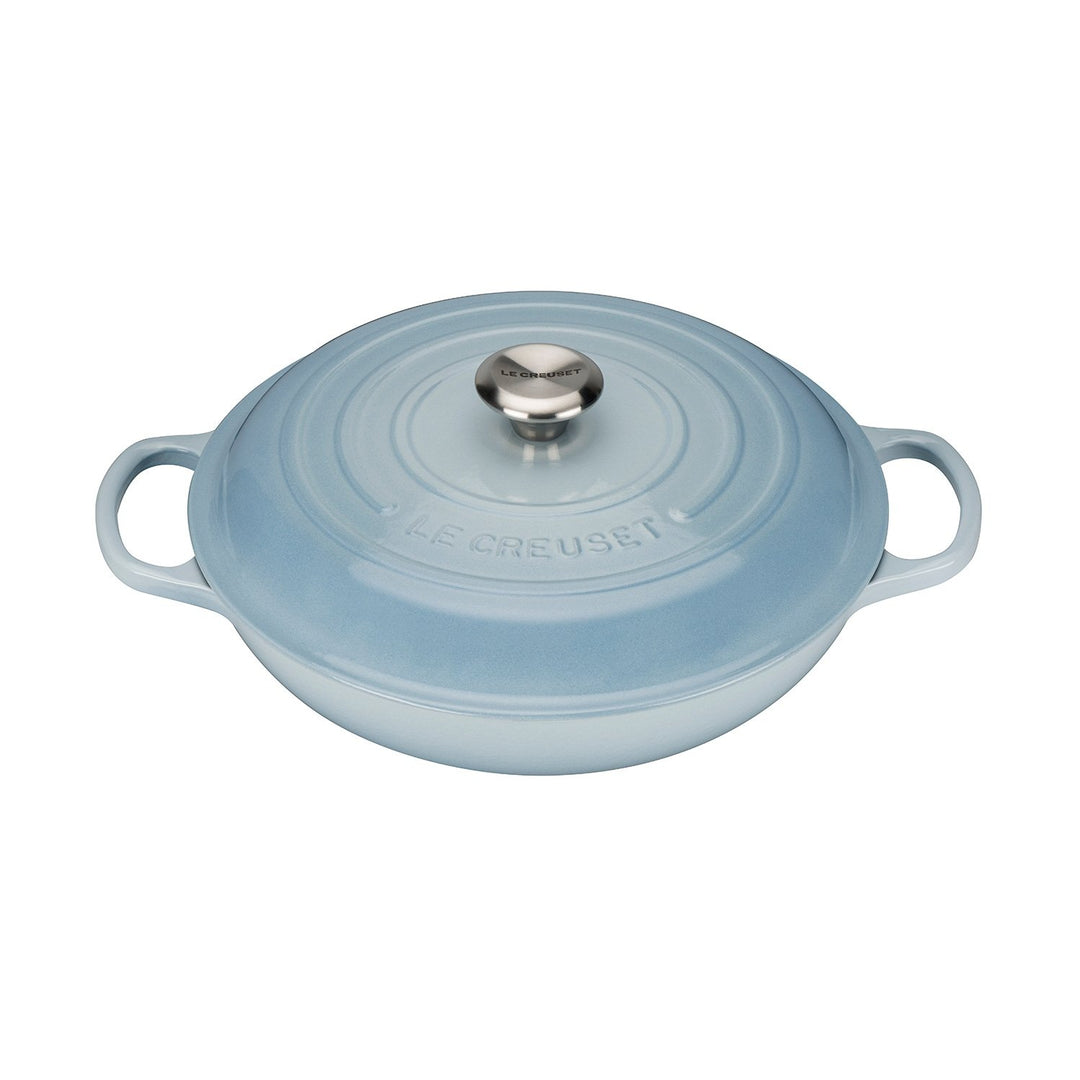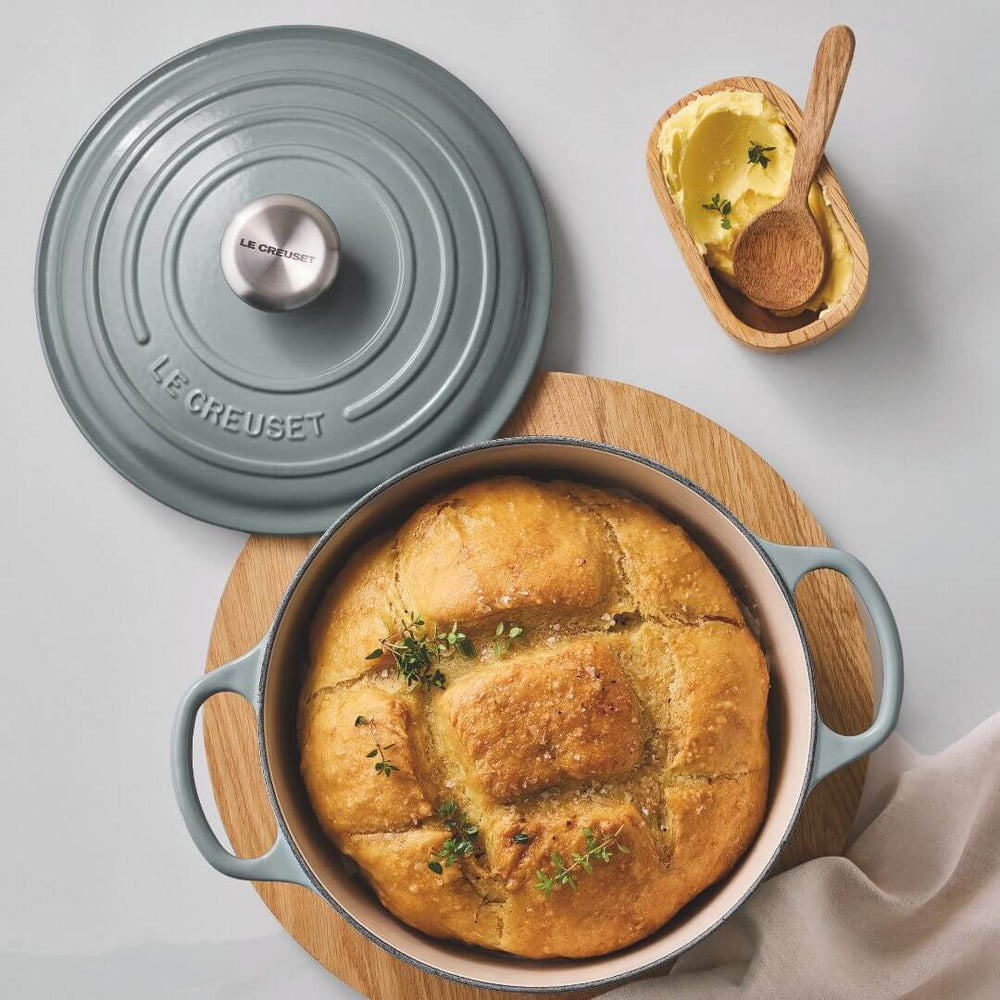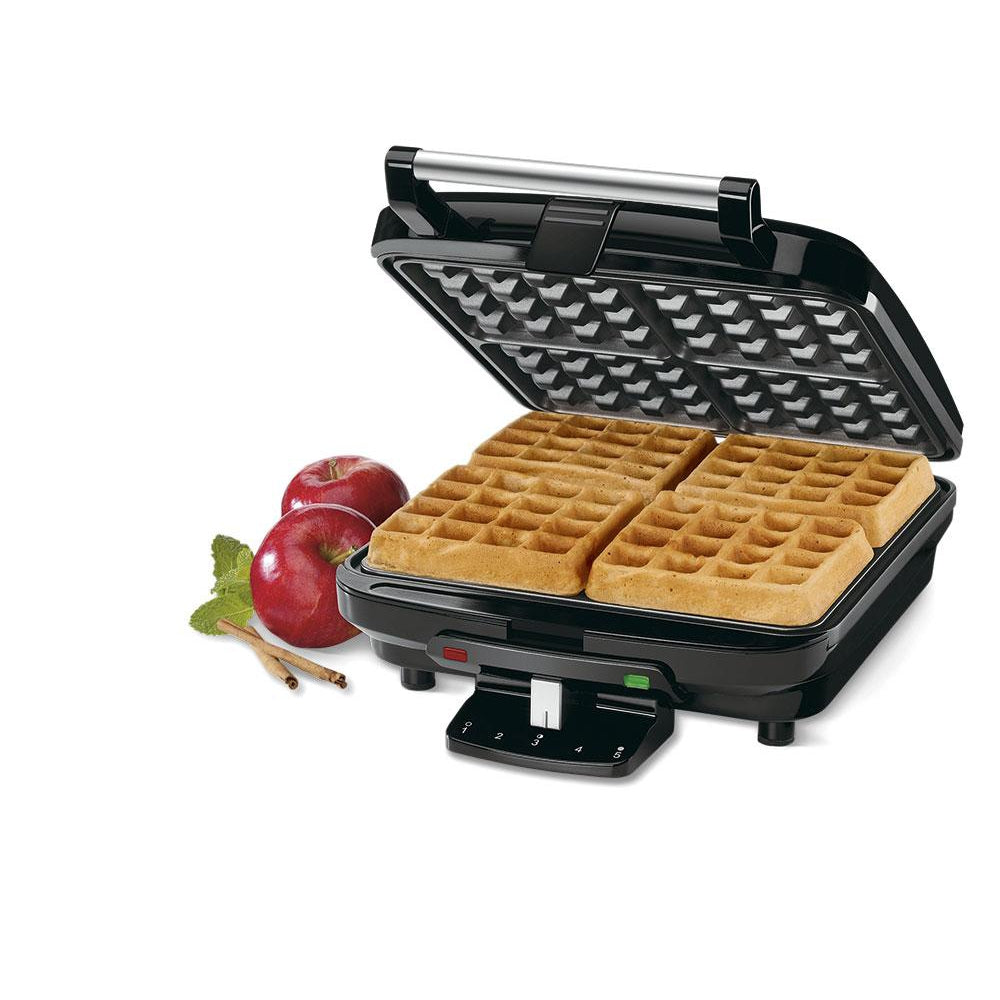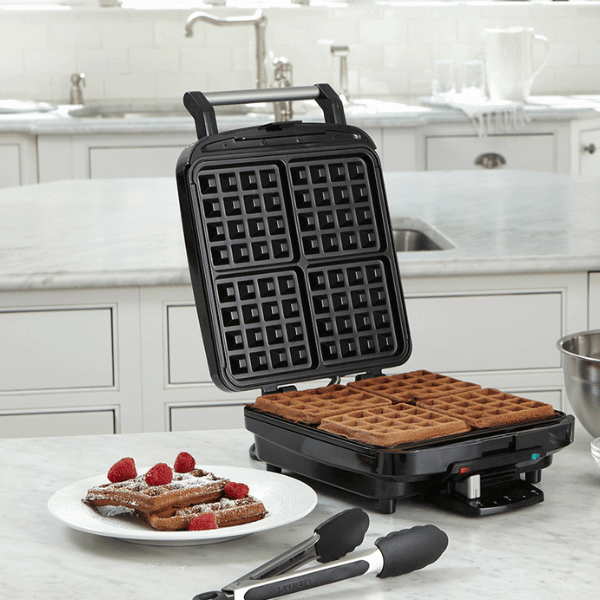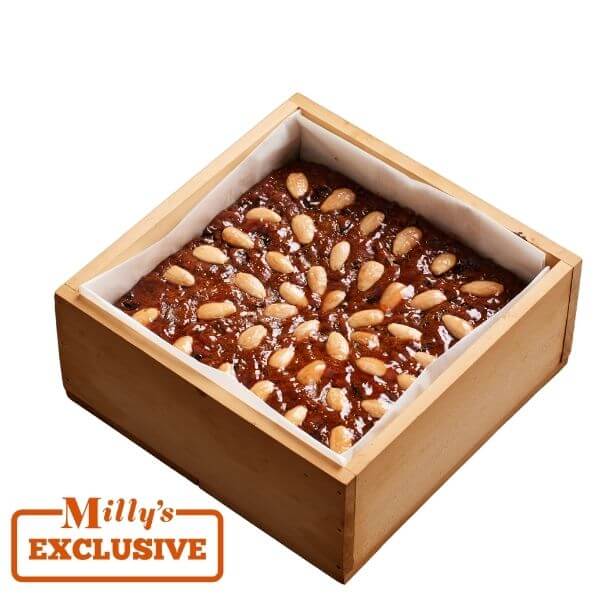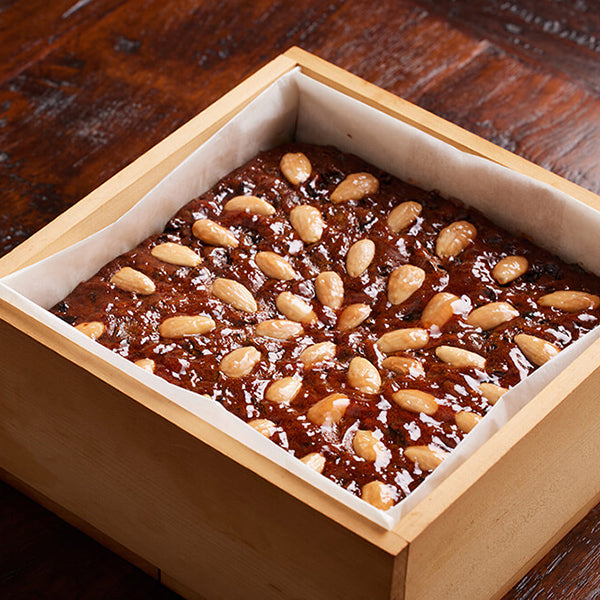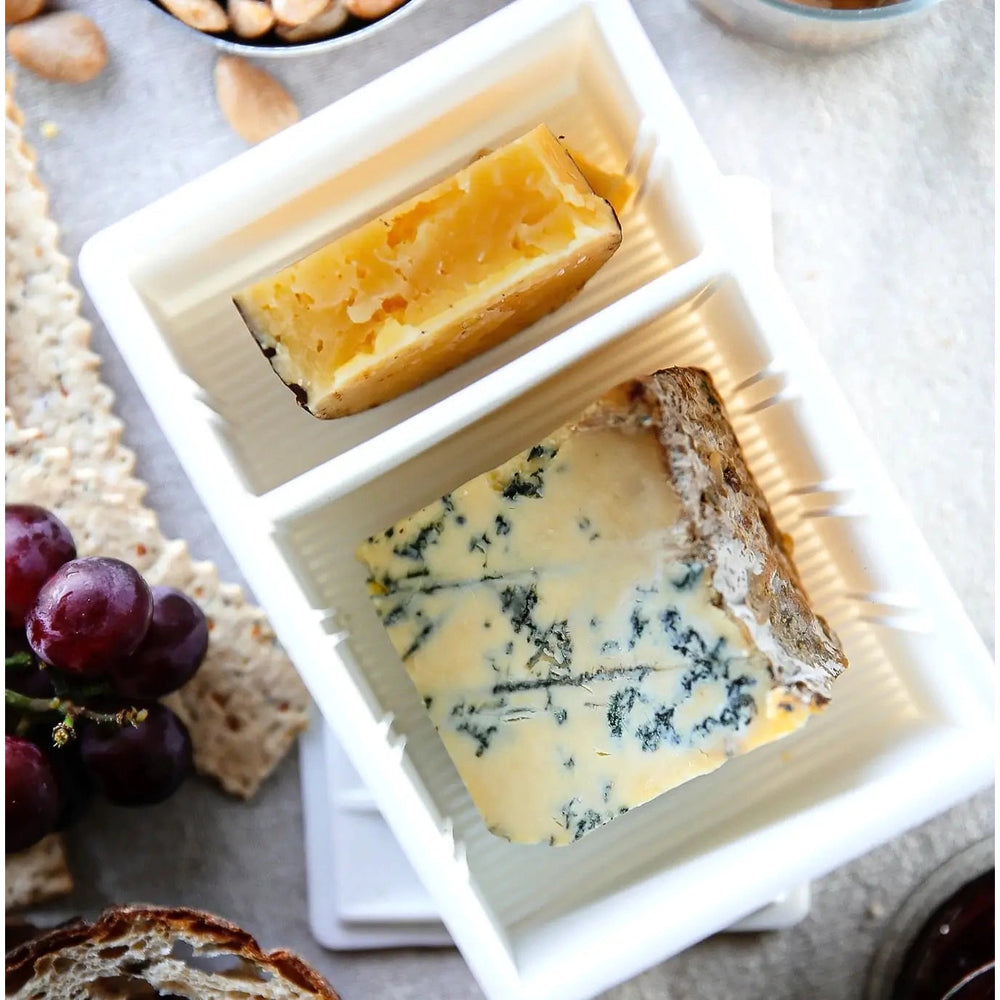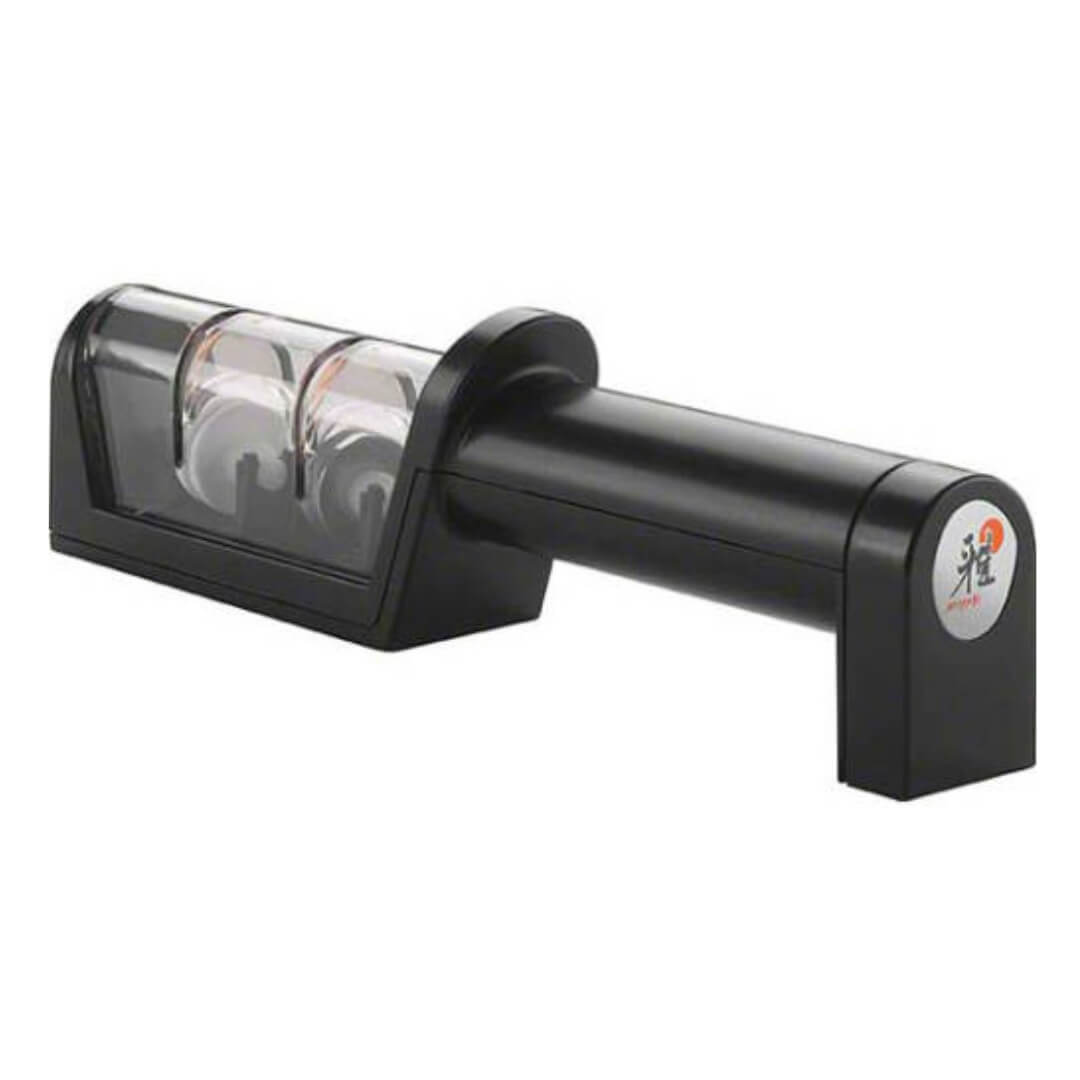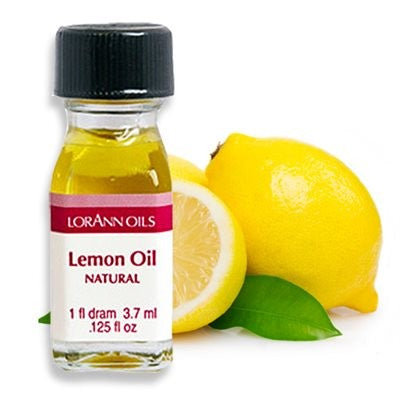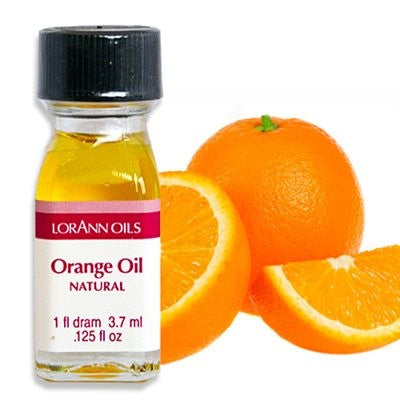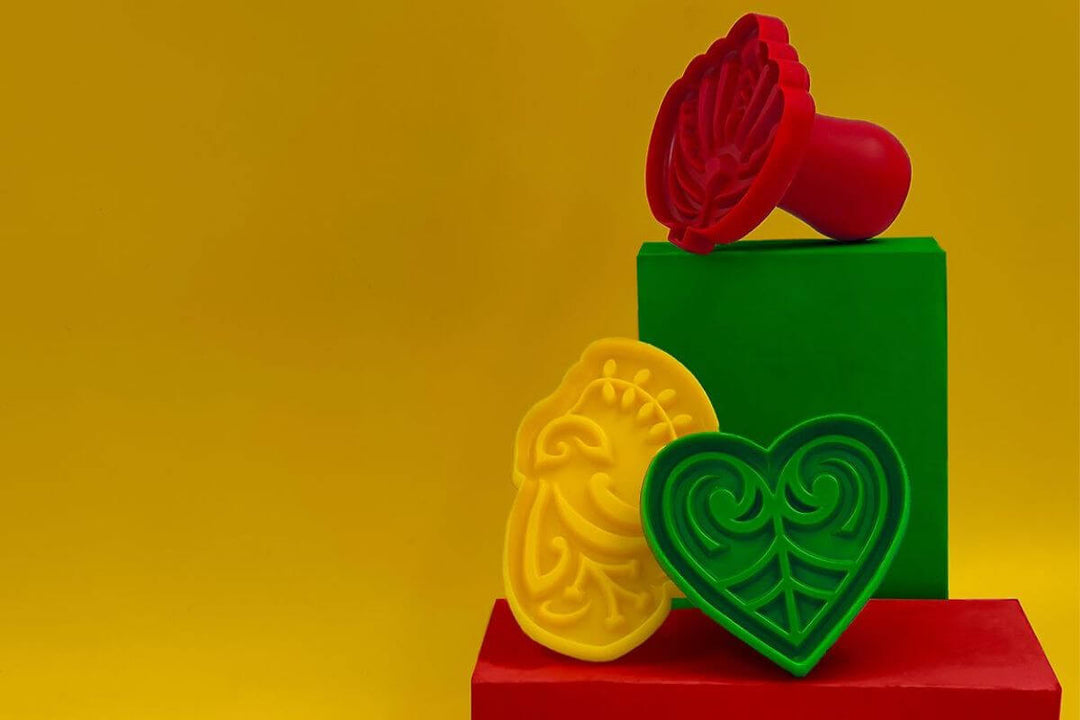Milly's 101: A Guide to Baking
We sometimes hear from customers, bakers in particular, who have tried one of our recipes only to have met with failure – unrisen cakes, exploding loaves, soggy bottomed sponges. The causes of ‘cake wrecks’ can be multi-faceted. Baking, as opposed to ‘cooking’ where you can pretty much throw anything in at any time, albeit with varying results in flavour or texture (but it’s rarely inedible), relies on very careful chemical reactions to ensure ‘sure to rise’ results. So, here are Milly’s master bakers’ top tips for getting as close to baking nirvana every time.
Preparation: My grandfather used to say ‘measure twice, cut once’ (yes, he was a builder). It’s the same with a recipe: ensure you’ve read through the recipe from start to finish, twice. We’ve all seen those Masterchef contestants who’ve left out a vital step in their challenge and generally there’s no going back, you have to start again – so boring, not to mention wasteful. We recommend weighing and measuring all your ingredients out before you even start thinking about creaming your butter and sugar. Once you’ve started mixing it’s almost always too late to pop out to the shops when you realise you’ve run out of something.
Do you have the correct bakeware? When you’re trying a recipe for the first time, we recommend that you use the size and shape of bakeware that is specified in the recipe. Often there are reasons for this that are not apparent at the beginning of the bake. It is possible to change your tin or adapt a recipe at a later stage but most experienced bakers will try it the first time as it was written.
The most common change you may wish to make is to swap out a round cake pan for a square. The general rule of thumb is to reduce your round cake pan size by two centimetres to use a square ie a 20cm round can be replaced by an 18cm square and so on. You may well also need to adjust your oven temperature and bake time accordingly. Of course, we do also have some advice on 'pan swapping' you can refer to here

Ingredients at room temperature: Always start with your ingredients at room temperature unless the recipe specifies otherwise. This is especially important for dairy products (butter, sour cream etc) and eggs, so allow an extra hour or two before starting for this.
Top tip: St. Mary Berry suggests that if you’ve forgotten to get your butter out of the fridge and softened to the correct consistency for creaming, you can cube your measured butter into small pieces and place them in a bowl filled with warm water (warm, not hot, you don’t want to melt it). Leave for five mintues or so and, voila, perfectly softened butter ideal for creaming. We recommend that you don’t try softening butter in a microwave as all too often you end up with some melted and some still hard which will definitely affect the texture of your cake.
Weigh or measure carefully: When baking, it’s essential you have the correct ratio of ingredients if you wish to achieve the perfect result, guessing just won’t cut it. Always ensure you use accurate measuring spoons, cups, jugs and scales.
Measuring spoons: These are essential baking kit. They are most often used to measure small essentials like rising agents (baking powder and soda, and yeast) and flavourings (spices and essences) where small errors in measurements can have massive(ly terrible) results.
(Be wary of the Australian tablespoon which measures four teaspoons rather than the New Zealand (and the rest of the world!) three teaspoons. Similarly, consider this when making an Australian recipe – you may need to add another teaspoon of baking powder etc.
Scales: You will never achieve consistent results without consistent ratios of ingredients – that’s why you would never see commercial bakers using anything other than digital scales. Many models these days include both solid and liquid measures and a tare function (meaning you can weigh a series of ingredients into the same bowl, zeroing out the measurement between additions).
Measuring jug: Perfect for measuring any liquids, we recommend a tempered glass version, so you can heat the fluids, if required, in the same jug.
Measuring cups: These are not all made equal: there’s the Imperial US measuring cup (240ml) or the metric measuring cup (250ml) - the key is to always measure with the same cup and your ratios should be correct.

Pay attention to the method: a recipe may call for specific baking actions (whisking, beating, combining, folding, mixing, stirring, kneading etc) so ensure you know exactly what this terminology means. Beating when the recipe specifies folding will knock air out of a recipe (not ideal for a light as air sponge) and whisking a mixture (combining or mixing specified) will overwork your flour resulting in tough, peaked cakes. Make sure too that you have the correct tools for a specific job: a large metal spoon for folding, a flexible balloon whisk for incorporating air into eggs and creamed mixtures, etc. And don’t neglect resting times, particularly for yeast doughs, good things take time and bread dough is one of these good things.
Prepare your tin: Greasing and lining your tin correctly is the best way to ensure your work does not go to waste in the final moments. We highly recommend Wilton Cake release. It’s tasteless and won’t affect the surface of your non-stick bakeware (unlike some of the supermarket baking sprays) – simply use a good quality pastry brush to apply
Oven: Try to ensure your cake is sitting on a rack which puts the finished top of the cake about halfway up the oven - the idea being that you are controlling, as much as you can, how the heat surrounds the cake. Don’t open and close the oven constantly to ‘check’ as each time you do this, the oven temperature can drop by as much as 50 degrees. Set your timer for two thirds of the time specified in the recipe and begin checking after this time.
If you’ve been having uneven browning on your baked goods (indicating hot spots), consider this trick: line a large flat baking tray with slices of white bread. Centre it on a rack in the oven preheated to 180C. As the bread ‘cooks’ you will see it darken first in places that are hottest. There is not much you can do about this generally – we suggest opening your oven and turning your baking around 180 degrees at about 2/3rds of the cook time – you’ll get to know how your oven works with practice.
Also, you can double check your oven’s thermostat by using a good oven thermometer. There are some very reasonably priced models on the market – they’re particularly helpful when you’re getting to know a new oven after moving etc.
And to finish: Pay attention to how your recipe cools down; are there any final touches required before it loses heat? Should it be left in the oven to cool like meringues or a pav; should it be left in the tin to cool or moved to a rack?
We hope this helps – don’t forget we’re always here to help with baking queries and issues.


